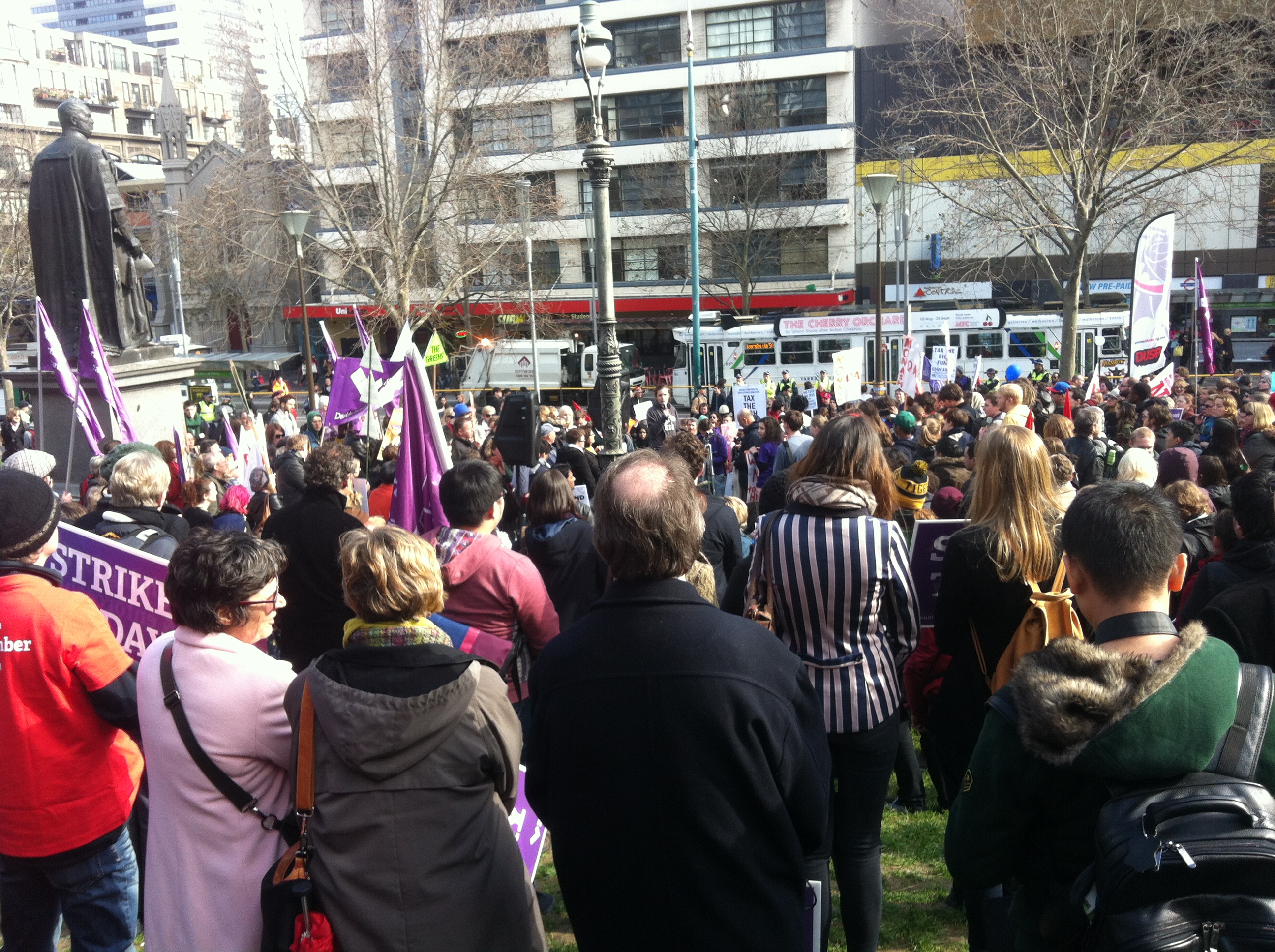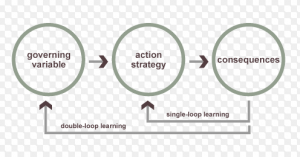Week 9’s ‘unlecture’ was primarily about the Barabási readings for week 8, which I also wrote about yesterday. In there I wrote about my confusion about his mathematically founded theory and his mentioning of the 80/20 rule. Well I suppose that’s ok, at least Adrian shared some of my thoughts when he said: “The 80/20 rule – don’t know why that rule rules. It’s a simple model, but I don’t know where it comes from and why it isn’t 60/40”. I guess I’ll just leave it there and focus on other thoughts from the ‘unlecture’ and the Barabási readings.
The question about networks having centers, were again a part of the ‘unlecture’ today. Adrian said something interesting about how hubs are defined by how many connections they have, in and out. That made me think about how a network as LinkedIn works and how the nodes inside that networks organise themselves. If you as a node know the hubs, the people who are connected to a lot of people, you would have easier access to a greater network, than if you only know newcomers in the LinkedIn network. I don’t know if that is preferable, but I do know fellow students from Denmark who have been offered very relevant jobs because of their network on LinkedIn.
Working with the term ‘hub’ got me thinking about what Brian said today about how networks are dynamic and that they are growing. Further more he talked about how the network of cities are changing over time and therefor the hubs changes location. That makes sense and if you look at some sort of flight plan, it is probably easy to identify the cities with the most connections, in and out like with the hubs on LinkedIn. But but but.. I am just wondering. Wouldn’t the hub be different in terms of what you are looking for? What I am trying to say is; if a filmmaker is searching for some sort of a nature location the hub might appear as a small town on Iceland, and if the family are looking for the next vacation location the hub might appear as Kuta on Bali. Again on LinkedIn, a ‘hub person’ for me might not be an international well known doctor from New York, but he might be to a person studying medicine.
I’m a bit confused now…




